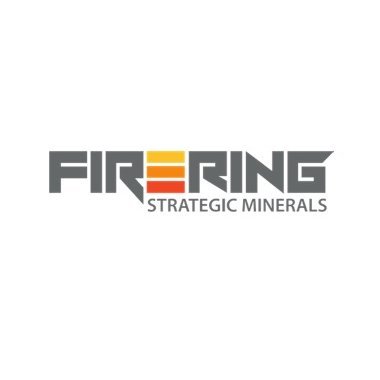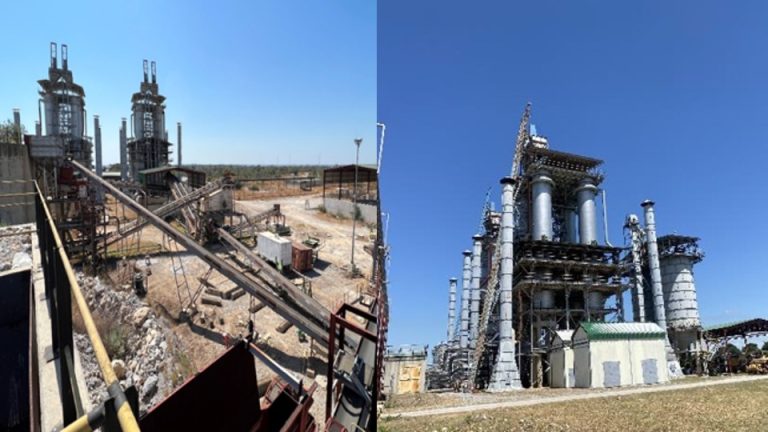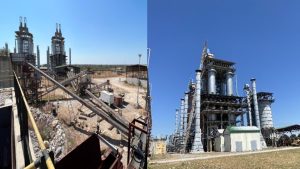An elemental shift is unfolding beneath the surface of familiar building sites and steelworks, where a centuries-old mineral is quietly redefining industrial resilience and purity.
Beneath the veneer of modern façades and gleaming metal products lies a binding agent whose influence extends far beyond brick and mortar. Investors seldom pause to consider how a material as elemental as quicklime can dictate the integrity of high-rise render, the consistency of levelling compounds and the chemical exactitude required in metal refining. Yet, as market demands evolve towards both sustainability and precision, the strategic role of quicklime in construction and metallurgy is emerging as an overlooked yet essential lever.
In the heart of construction, quicklime’s capacity to adjust rheology and accelerate curing is nothing short of transformative. When incorporated into plasters and levelling compounds, it acts not merely as a filler but as a dynamic binder, optimising moisture regulation and enhancing adhesion. This enables plastering teams to achieve uniform finishes under tighter timelines without sacrificing durability. As regulatory pressures push for lower-carbon building materials, quicklime’s production – already streamlined through high-efficiency kilns and paired with carbon capture initiatives – presents an avenue for greener portfolios. The material’s alkalinity neutralises acidic impurities in mixes, reducing long-term maintenance risks for developers and owners alike.
Beyond walls and floors, the metallurgical realm harnesses quicklime’s reactive potency to refine steel and non-ferrous alloys to near-ideal specifications. Introduced during smelting, it binds with silicates and sulphides, extracting them from molten metal and elevating overall purity. This step is critical for high-grade applications, from automotive components to aerospace parts, where microscopic contaminant levels can dictate performance and safety. By optimising slag composition, quicklime also reduces refractory wear in furnaces, yielding operational savings and extending maintenance intervals. In an era where energy efficiency and yield rates command premium margins, the use of quicklime emerges not as a perfunctory ingredient but as a strategic input that directly influences output quality and cost structure.
The convergence of these two sectors underscores a broader theme: materials that have sustained traditional industries are being re-evaluated through the lens of modern investor criteria. Quicklime’s dual utility – enhancing construction workflows and enabling metallurgical precision, positions it as a lever for value creation across supply chains. As urbanisation accelerates and advanced manufacturing seeks ever-tighter tolerances, the demand for high-performance binders and fluxing agents is set to climb. Companies capable of scaling production while mitigating their environmental footprint stand to capture disproportionate share gains.
Firering Strategic Minerals plc (LON:FRG) is an emerging quicklime producer and critical minerals explorer, with operations in Zambia and West Africa.











































